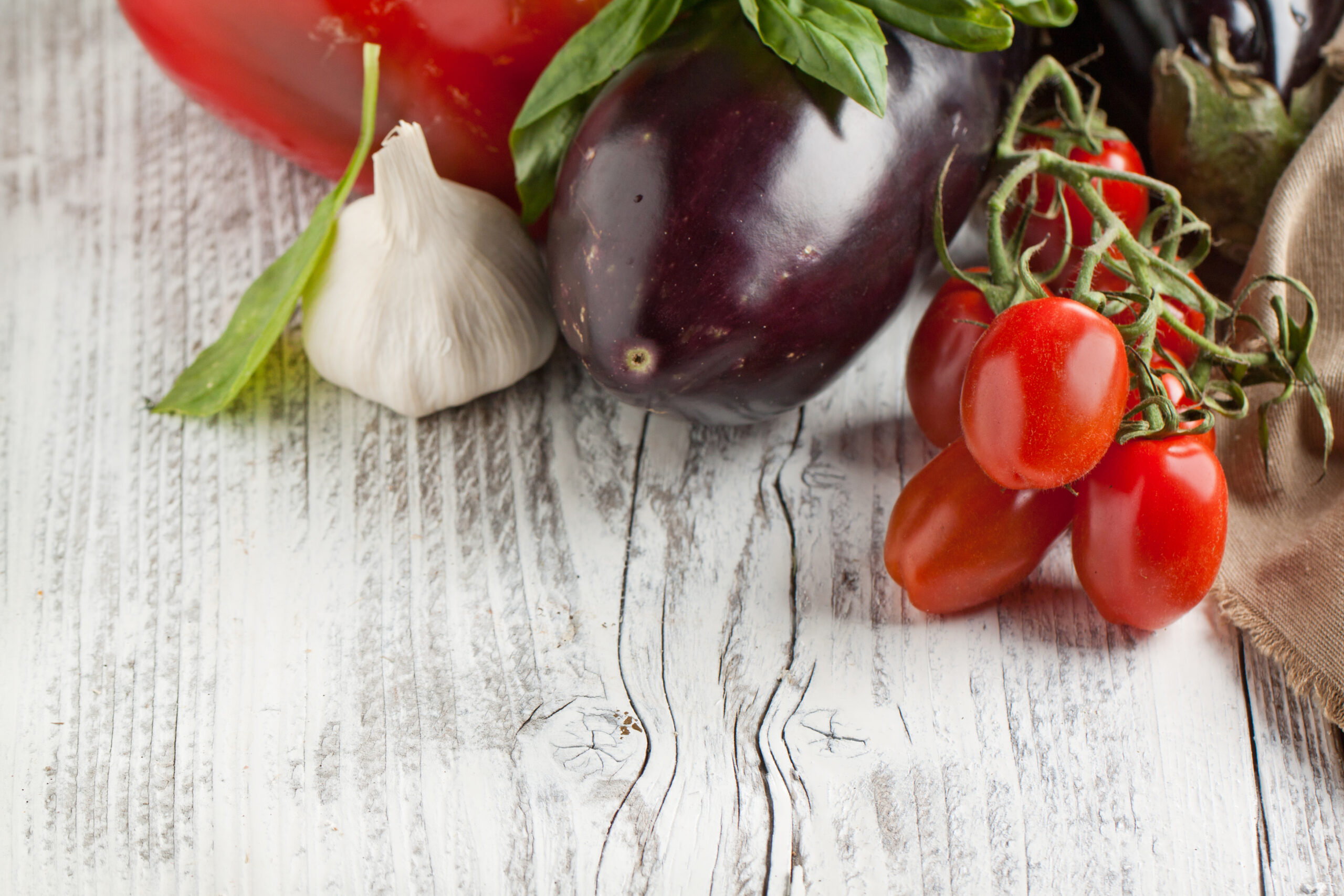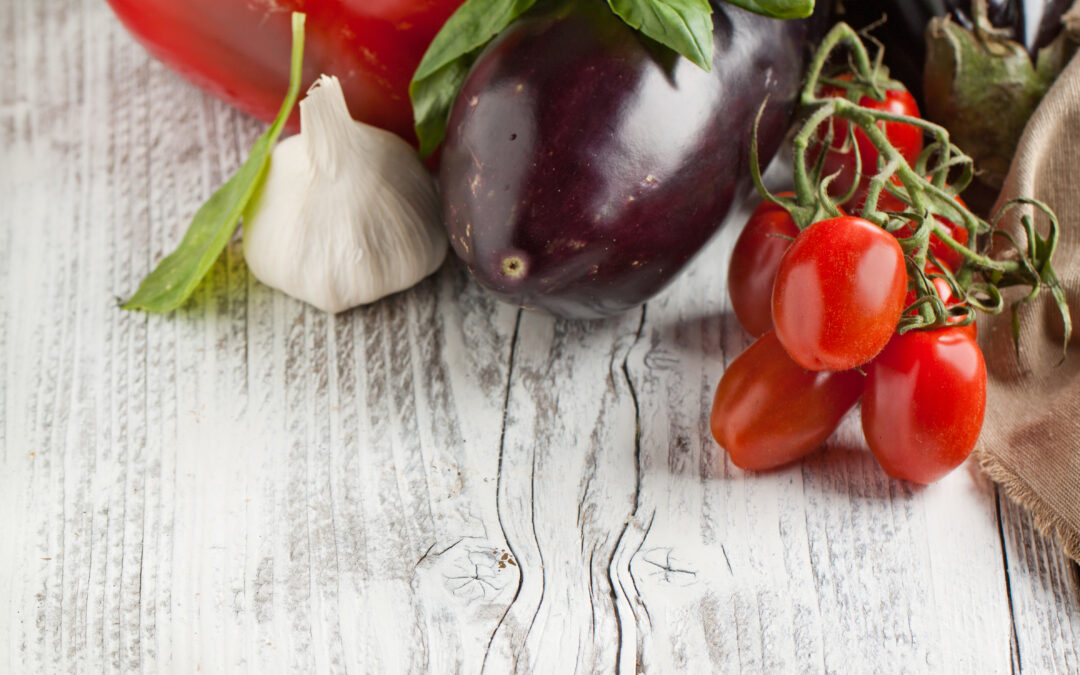Welcome to the world of organic gardening! Starting your own organic garden can be a fun and rewarding experience. In this guide, we will cover everything you need to know to get started with your very first organic garden.
Organic gardening is a method of growing plants without using synthetic fertilizers or pesticides. Instead, it relies on natural methods such as composting, crop rotation, and companion planting to keep plants healthy and productive. By choosing organic gardening, you are not only creating a more sustainable environment but also providing fresh, nutritious produce for yourself and your family.
Choosing the Right Location and Soil for Your Garden
The first step in starting an organic garden is selecting the right location and soil. Choose an area that receives at least six hours of sunlight per day and has well-draining soil. If your soil is poorly drained, consider building raised beds or adding organic matter like compost to improve drainage. You should also test your soil to determine its pH level and nutrient content so that you can amend it accordingly.
How to Start Seeds Indoors or Outdoors
Once you have selected your location and prepared your soil, it’s time to start planting! You can either start seeds indoors or outdoors depending on the type of plant and the season. For cold-weather crops like lettuce and spinach, you can start seeds indoors about eight weeks before the last frost date. For warm-weather crops like tomatoes and peppers, you can direct sow seeds outside after the last frost date.
Tips on Caring for Your Plants
After you have planted your seeds or seedlings, it’s essential to care for them properly. Water your plants regularly, but avoid overwatering which can lead to root rot. Use organic mulch to retain moisture and suppress weeds. You can also use companion planting techniques to attract beneficial insects and prevent pests.
Common Pests and Diseases in Organic Gardens
Despite your best efforts, you may encounter common pests and diseases in your organic garden. Some examples include aphids, slugs, and powdery mildew. Rather than reaching for chemical pesticides and fungicides, try using natural remedies like neem oil or garlic spray. You can also practice good garden hygiene by removing infected plants and debris promptly.
Harvesting and Preserving Your Homegrown Produce
Finally, once your plants have matured and produced fruit, it’s time to harvest and preserve your homegrown produce. Harvest vegetables when they are ripe and ready to eat. You can store some fruits and vegetables in the fridge, while others can be preserved through canning or freezing. Enjoy your delicious, organically grown produce knowing that you have created a sustainable and eco-friendly garden.
In conclusion, starting your own organic garden can be both fulfilling and challenging. However, with proper planning, preparation, and maintenance, you can create a thriving and productive garden that provides fresh, healthy food for you and your loved ones. Happy gardening!






